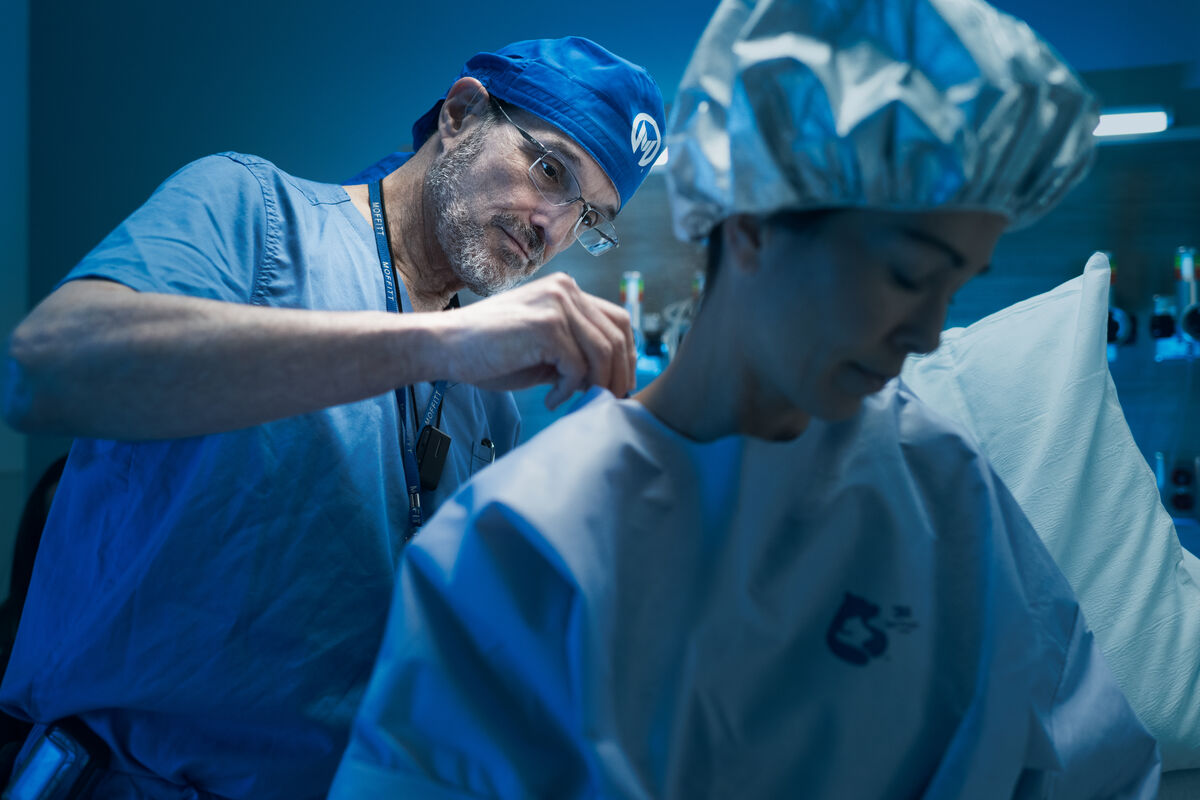What Kind of Doctor Removes Moles
If you have a mole that needs to be removed, you may be wondering whether your primary care provider can perform the procedure, or if you’ll need to consult a special mole removal doctor. The short answer is that it depends. In some cases, such as where a mole is benign (non-cancerous), a primary care provider can take care of the removal. In other instances, the procedure should be entrusted to a dermatologist, which is a doctor that specializes in treating skin disorders. You should consult a dermatologist if:
- The mole is (or potentially could be) malignant (cancerous)
- The mole has changed in color, shape or size
- The mole is located on your face or in another area where it’s especially important to minimize scarring
- You have numerous moles


Experts in Skin Cancer Surgery
Schedule an AppointmentMole removal techniques
There are a number of different ways to remove a mole, and your mole removal doctor will be able to recommend which approach is best suited to your condition. Some common mole removal techniques include:
- Excision. During an excision, the mole removal doctor uses a scalpel or surgical scissors to cut out the mole and a small portion of the surrounding skin. Depending on how deep the mole is, stitches may be necessary.
- Punch biopsies. This type of biopsy is often recommended for moles that extend deeply into the skin. During the procedure, the mole removal doctor uses a cylindrical blade to remove the growth.
- Shave biopsies. As the name suggests, during a shave biopsy, the mole removal doctor continues shaving off layers of the mole until it is completely gone. Stitches generally aren’t necessary with this type of removal.
Skin cancer treatment at Moffitt Cancer Center
Moffitt Cancer Center’s Cutaneous Oncology Program proudly offers treatment for melanoma. If you’d like to make an appointment, you can call us at 1-888-663-3488 or complete our new patient registration form online.
